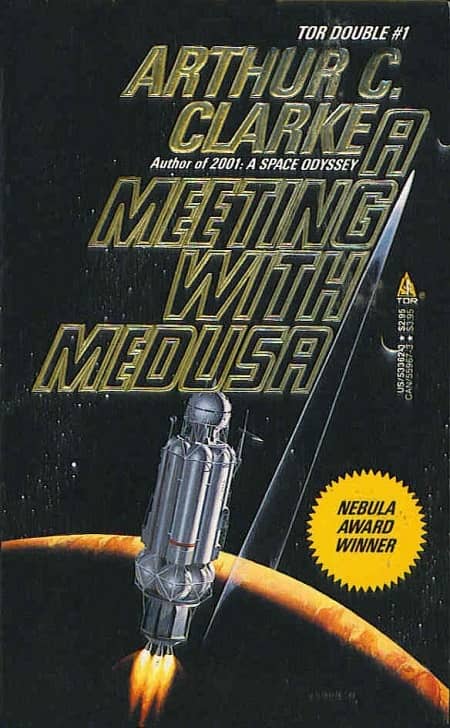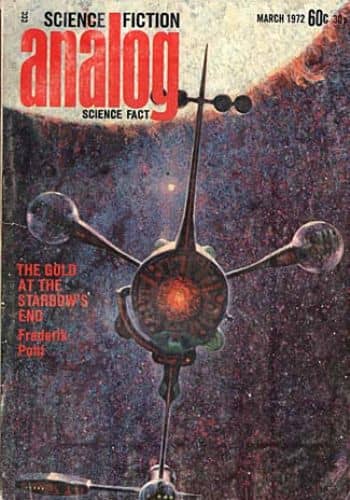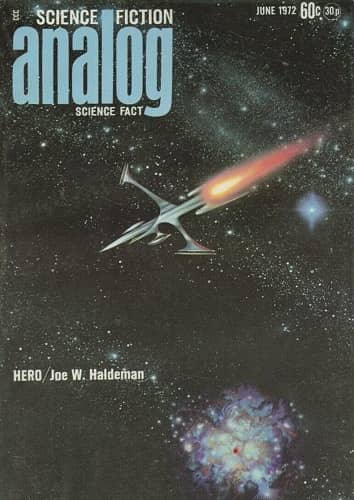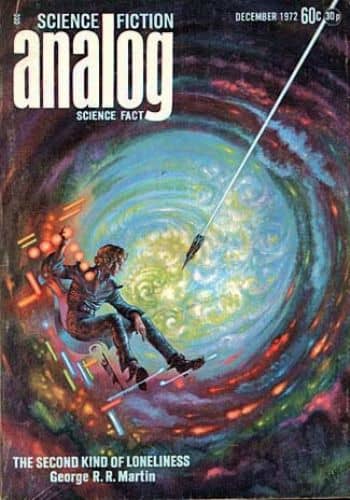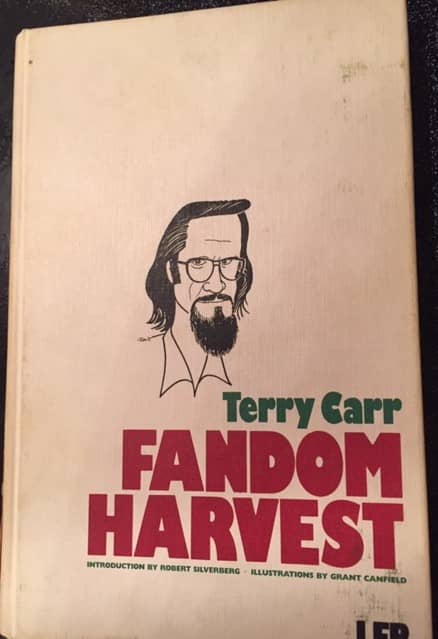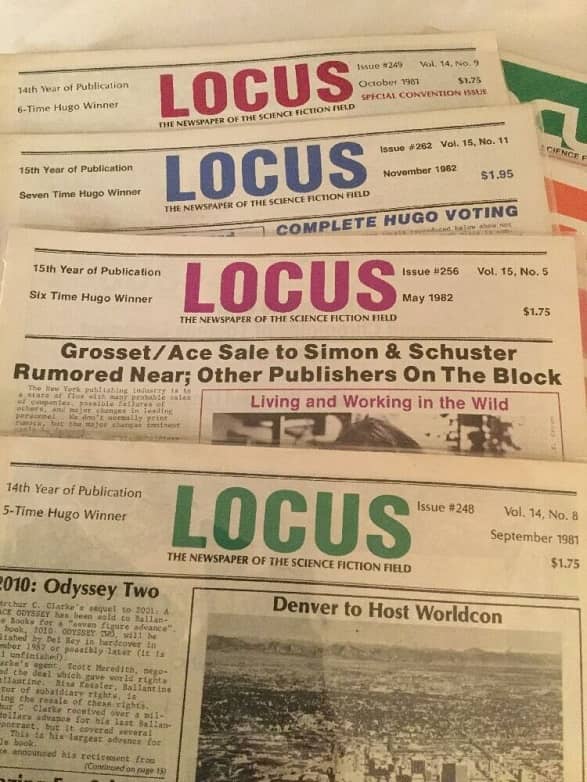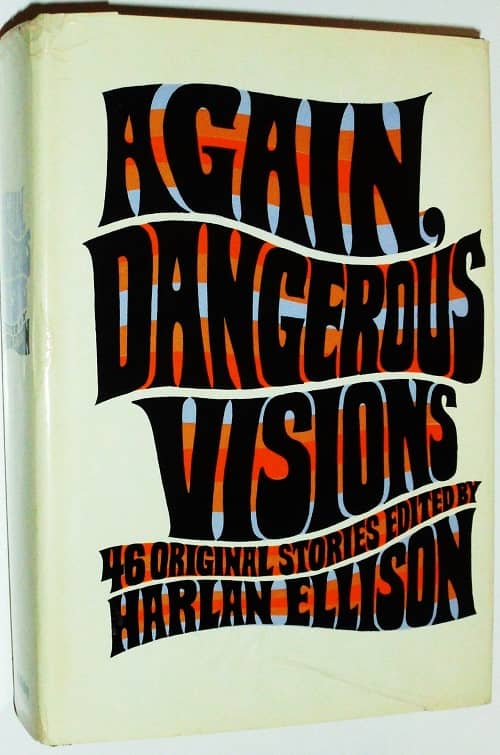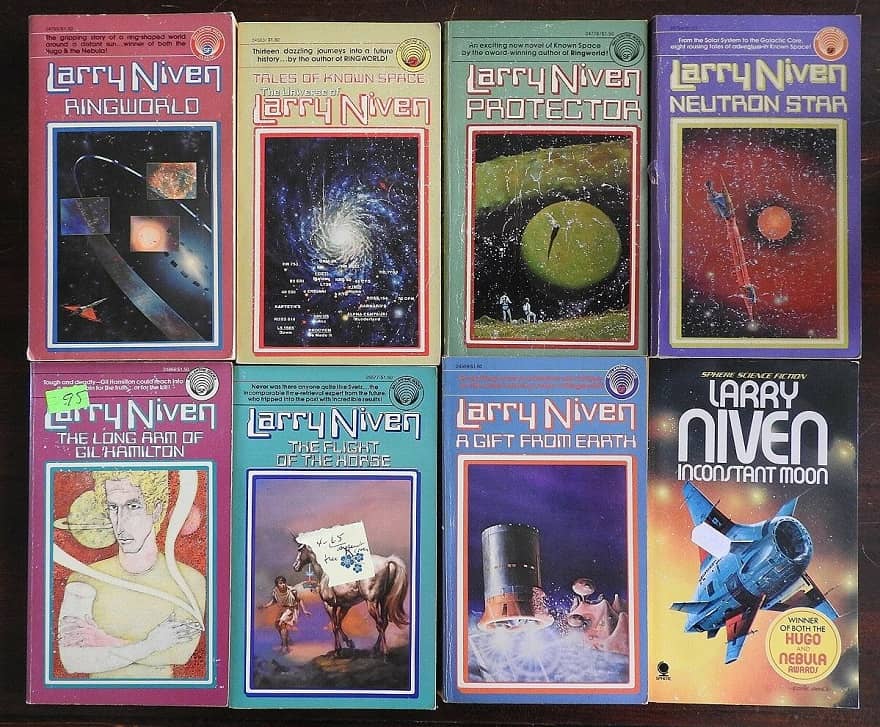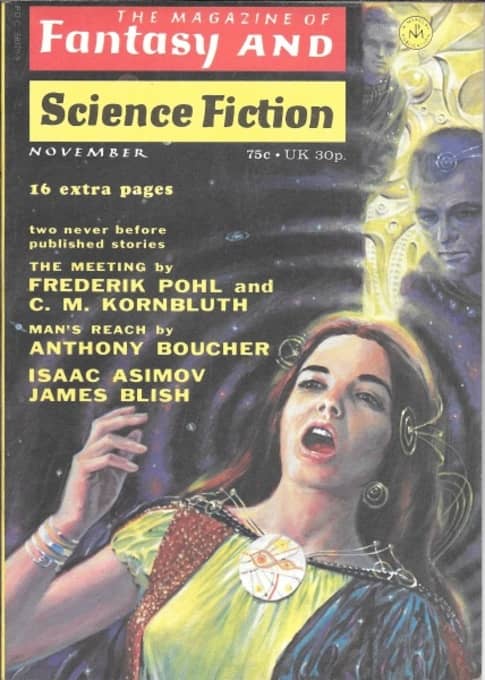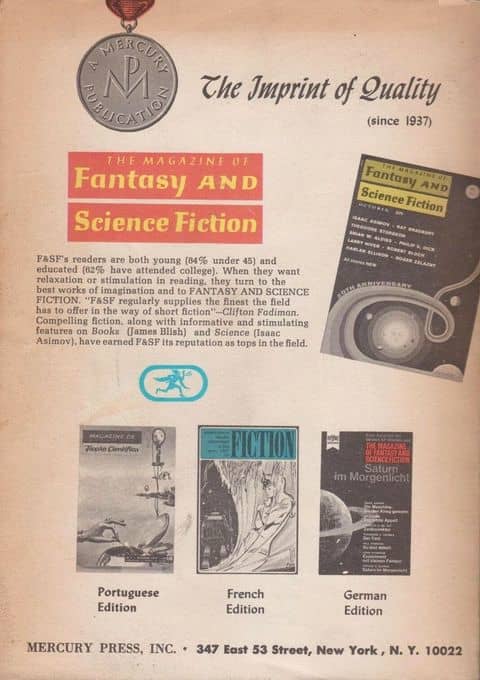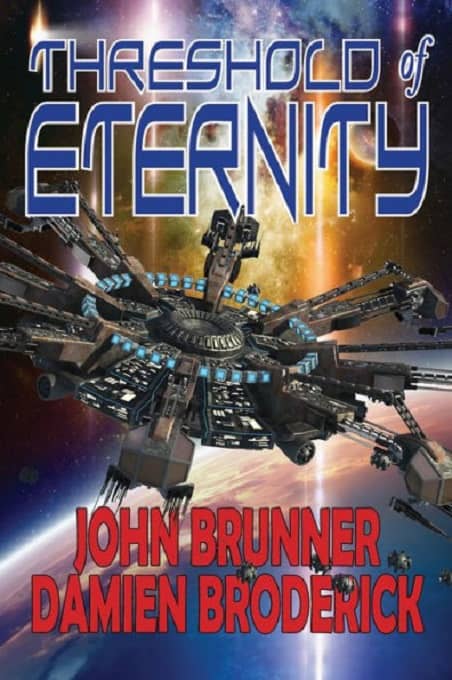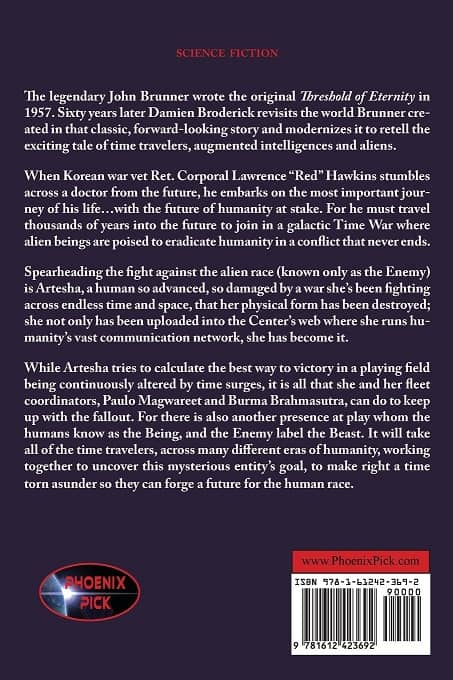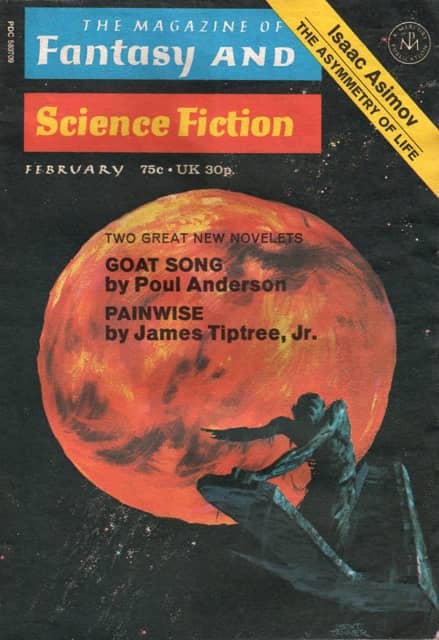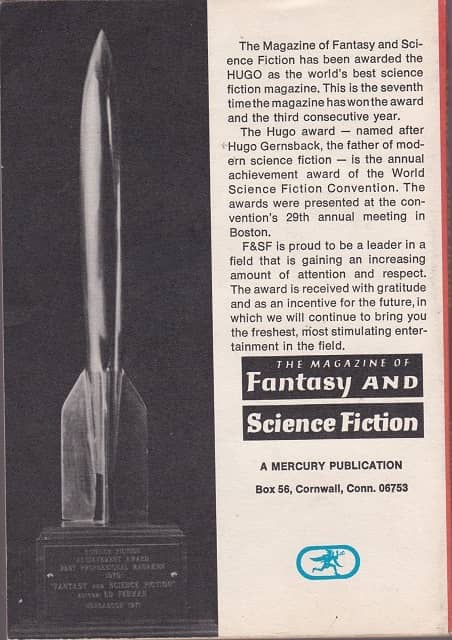The Golden Age of Science Fiction: The 1973 Skylark Award: Larry Niven
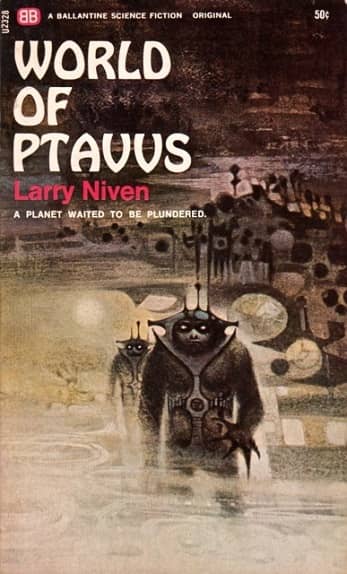 |
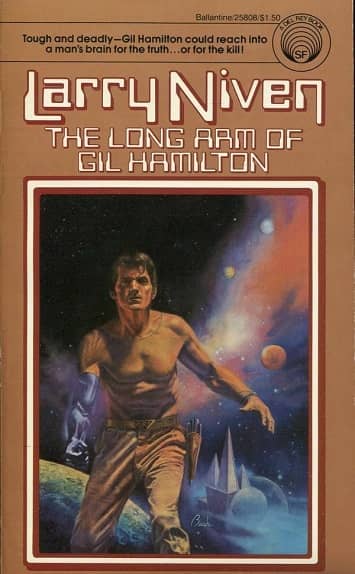 |
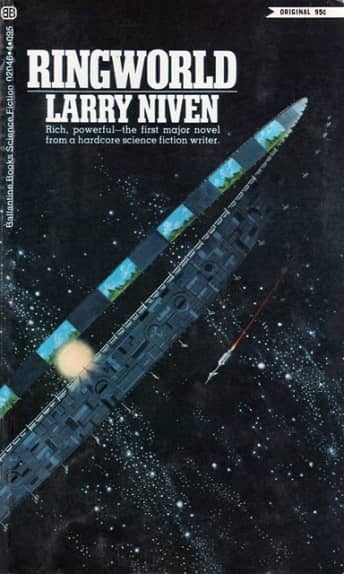 |
The Skylark Award, also called the Edward E. Smith Award for Imaginative Fiction, has been presented by the New England Science Fiction Association (NESFA)
to some person, who, in the opinion of the membership, has contributed significantly to science fiction, both through work in the field and by exemplifying the personal qualities which made the late “Doc” Smith well-loved by those who knew him.
The Award is presented at Boskone – alas, I missed the presentation the two times I’ve attended Boskone (a favorite convention of mine based on those two visits) – in 2017 it went to Jo Walton, and in 2019 to Melinda Snodgrass.
The first winner, in 1966, was Frederik Pohl (Smith having died in 1965.) Over the years it has gone primary to writers, but also to artist, editors, and fans. In 1973 the award went to Larry Niven. One implication of the association of the award with Doc Smith might be that it would go to writers of Space Opera, but that really hasn’t been the case, by and large. That said, while Larry Niven didn’t exactly write Space Opera in the Doc Smith mode, I think what he wrote qualified.
As the title of this series – Golden Age – might suggest, I started reading SF seriously in 1972, when I was 12. I was certainly reading Niven not long after, and I read him with intense pleasure in those years. I remember in particular encountering his story collection Tales of Known Space at Paradise Bookshop in Naperville, IL (located at the site of the now well-known Anderson Books, though I believe the stores have no other connection) in 1975, with the glorious Rick Sternbach “Star Map” cover. I devoured Niven’s books back in the day – Protector might have been my favorite, but I liked them all – A Gift From Earth, World of Ptavvs, the Gil Hamilton stories. (Oddly, perhaps, his Hugo and Nebula winner Ringworld was never a favorite.) And of course the short stories were wonderful.
